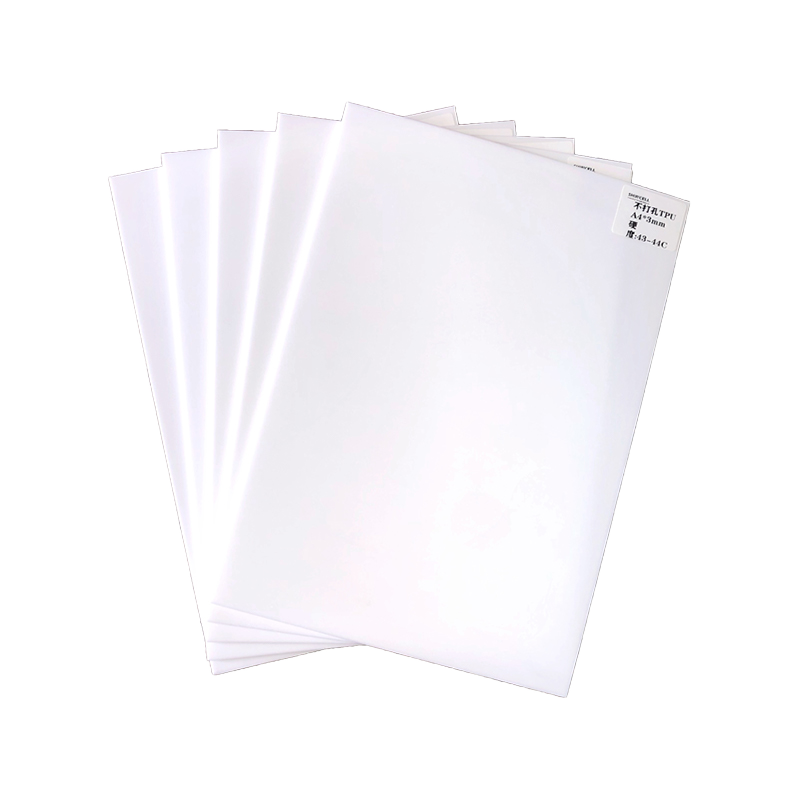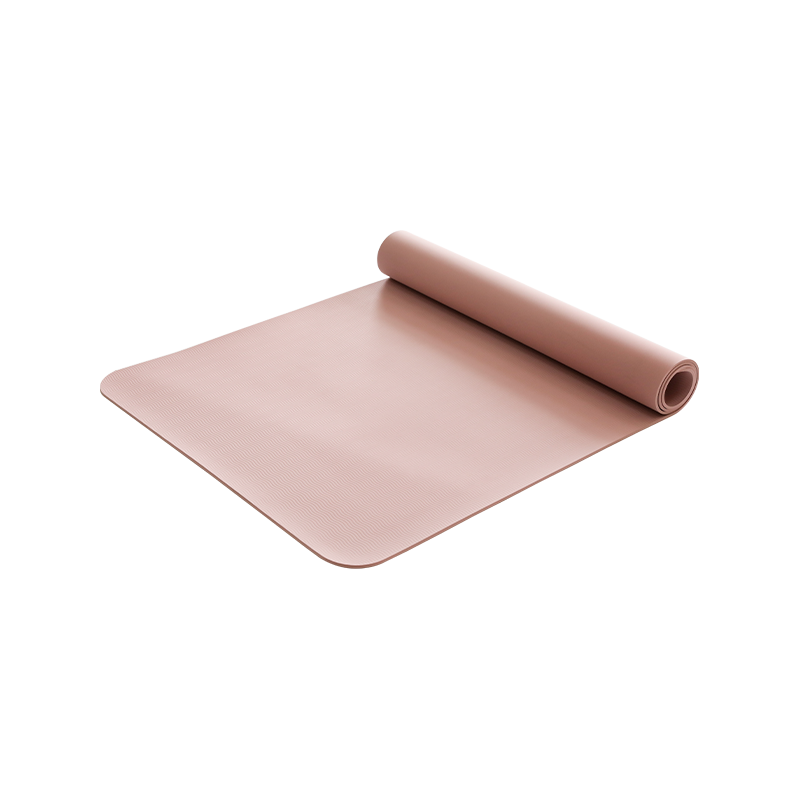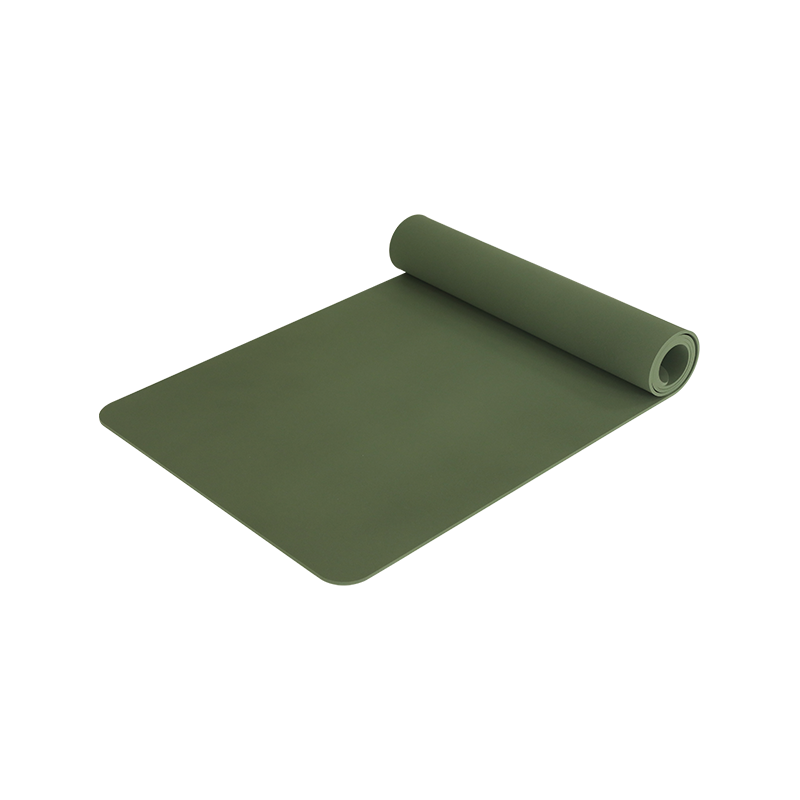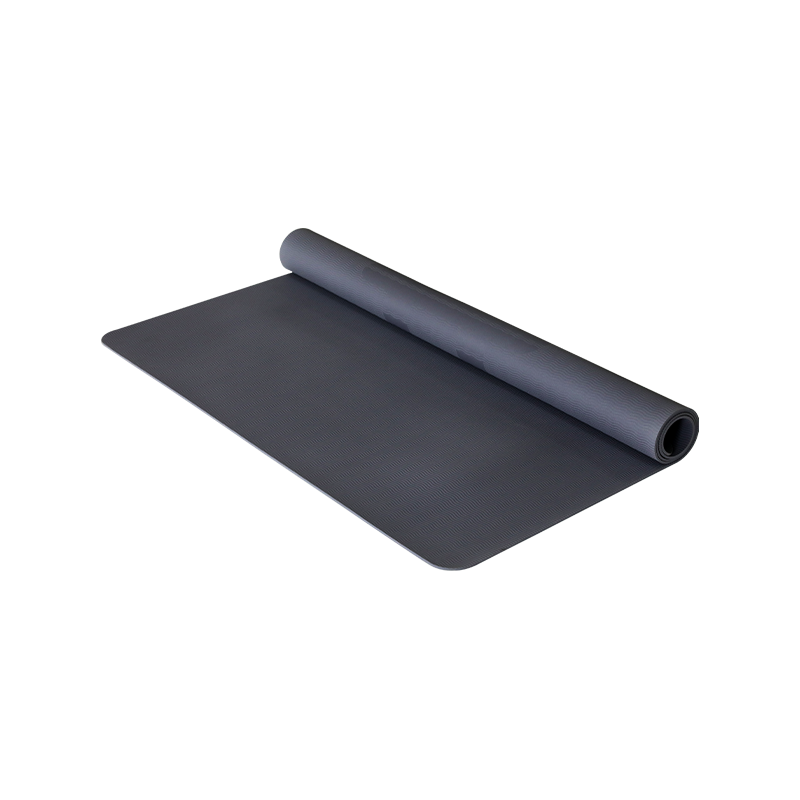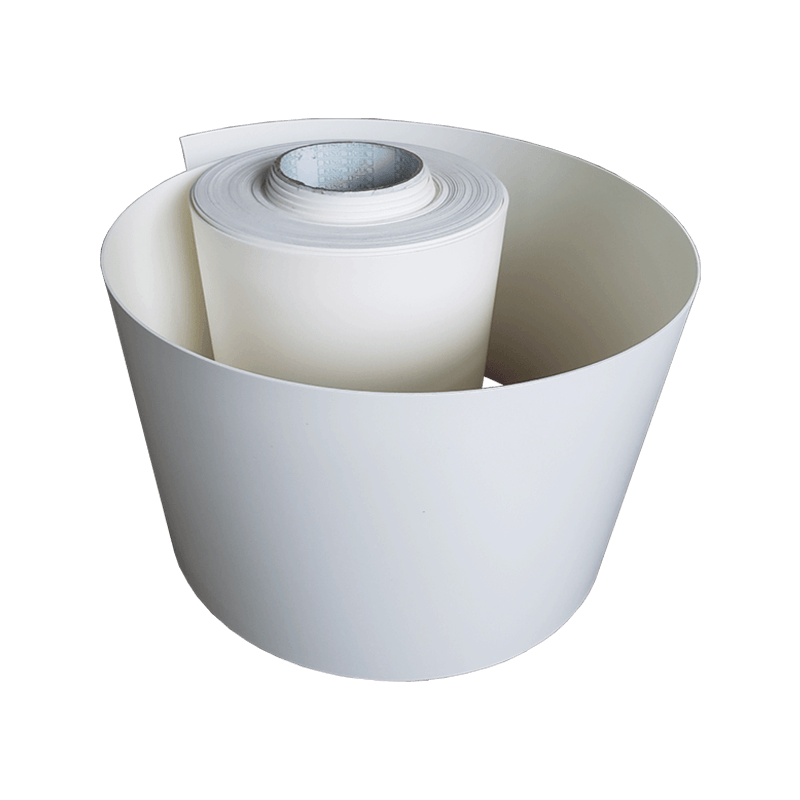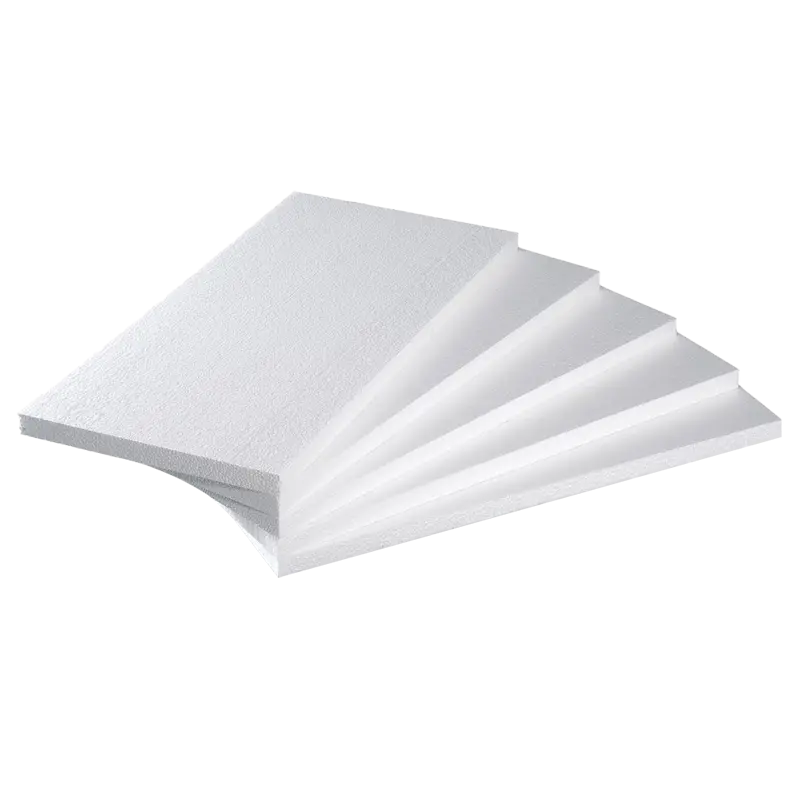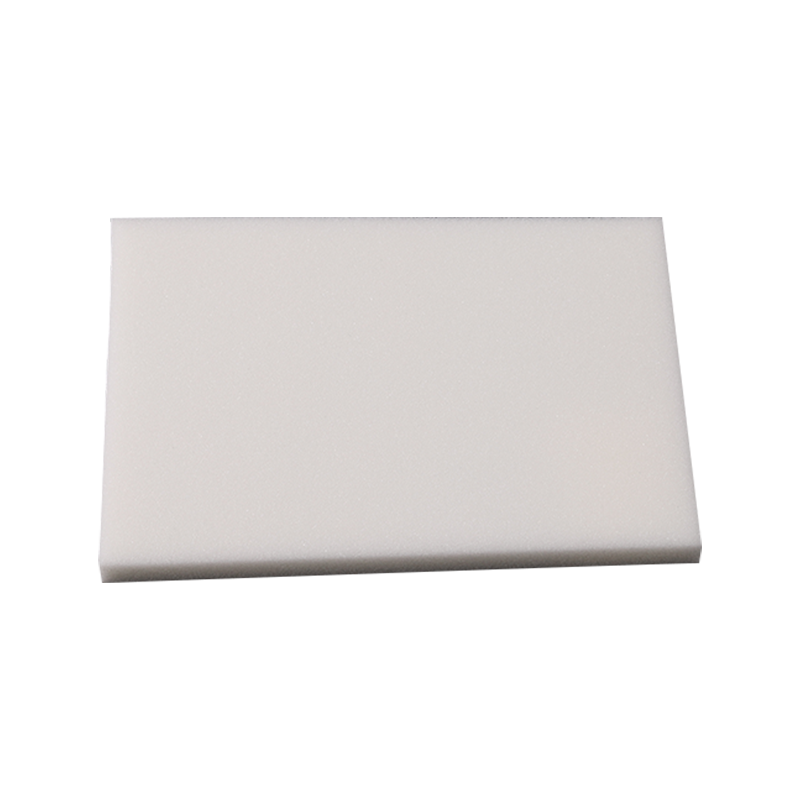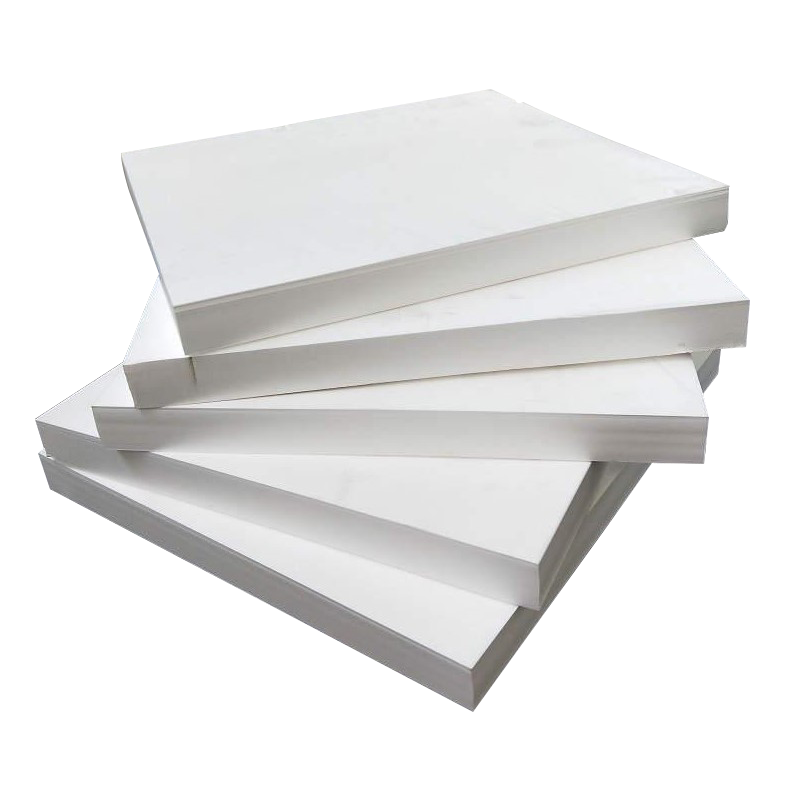Home / News / Microcellular aliphatic TPU foam: characteristics, applications and development trends
What is Microporous Aliphatic TPU Foam ?
Microporous aliphatic TPU foam is a porous material with aliphatic thermoplastic polyurethane elastomer (TPU) as the base material and a large number of micron-sized bubbles formed inside it through a specific process. Aliphatic TPU itself is a multiphase block copolymer generated by the reaction of diisocyanate (such as hexamethylene diisocyanate HDI), chain extender and polyol. Compared with aromatic TPU, aliphatic TPU does not contain benzene rings in its molecular structure, which gives it outstanding UV aging resistance and excellent yellowing resistance. The microporous foam material prepared on this basis has the advantages of high elasticity and wear resistance of TPU as well as the light weight and cushioning properties of foam materials.
The principle of microporous aliphatic TPU foam
Its preparation principle is mainly based on supercritical fluid foaming (SCFF) technology. Supercritical fluids (such as supercritical carbon dioxide or supercritical nitrogen) have the characteristics of both gas and liquid. During the polymer processing, when the supercritical fluid is dissolved in the TPU melt to form a homogeneous system, the system enters a thermodynamically unstable state through changes in temperature or pressure. At this time, the supercritical fluid precipitates from the TPU to form bubble nuclei. Over time, the bubble nuclei continue to grow and eventually form a microporous structure inside the TPU. For example, in the micro-extrusion foaming process, the TPU wire containing supercritical fluid is in the heating unit, and the temperature rises to induce the nucleation of the bubbles. The supercritical fluid diffuses at high temperature to promote the rapid growth of the nucleated gas nucleus. The growth of the bubbles is precisely controlled by controlling the residence time of the foaming melt in the heating unit, thereby obtaining a uniform pore structure with a diameter of micrometers.
Classification of Microcellular Aliphatic TPU Foam
Classification of polyols according to soft segment
l Polyether microporous aliphatic TPU foam : The soft segment is composed of polyether polyols, which have excellent low-temperature flexibility and hydrolysis stability. In low-temperature environments, the polyether structure can maintain good elasticity and will not become hard and brittle due to temperature reduction. It is suitable for application scenarios with high requirements for low-temperature performance, such as winter outdoor sports equipment.
l Polyester microporous aliphatic TPU foam : The soft segment is polyester polyol, which shows higher mechanical strength and oil resistance. Compared with polyether type, polyester type has a more stable structure and is not easy to deform when subjected to greater pressure and tension, and has better tolerance to grease and oil substances. It can be used in some fields that need to withstand large loads and contact oily media, such as some industrial cushions.
Classification by cell structure
l Closed-cell microporous aliphatic TPU foam : The cells are independent and unconnected, and are filled with gas. The closed-cell structure traps the air in the cells, giving the material low density, good thermal insulation, excellent cushioning and low dielectric properties. For example, in the fields of building insulation materials and sports helmet linings, closed-cell microporous aliphatic TPU foam can effectively block heat transfer, absorb impact energy, and protect internal structures or human safety.
l Open-cell microporous aliphatic TPU foam : The cells are interconnected to form a multi-channel structure. This structure gives the material properties such as separation, filtration, sound absorption and liquid adsorption. In the fields of water treatment, air purification, sound absorption and noise reduction, open-cell microporous aliphatic TPU foam can use its multi-channel characteristics to achieve functions such as filtering impurities in liquids or gases, absorbing sound and adsorbing liquids.
Characteristics of Microporous Aliphatic TPU Foam
l Lightweight and highly elastic : The presence of a large number of micron-sized pores reduces the overall density of the material, significantly reducing its weight while retaining the high elasticity of TPU. For example, in the application of sports shoe midsoles, microporous aliphatic TPU foam midsoles can provide excellent energy feedback to the wearer, and every step can feel obvious rebound, which helps sports performance while reducing the burden on the feet.
l Excellent weather resistance : Due to the chemical structure characteristics of aliphatic TPU itself, microporous aliphatic TPU foam has outstanding resistance to UV aging and yellowing. Even if exposed to sunlight or harsh outdoor environments for a long time, the material is not prone to aging, discoloration, and performance degradation. It is suitable for outdoor products, automotive interiors and other application scenarios that are subject to long-term light and climate change.
l Good cushioning performance : The cellular structure can effectively absorb and disperse impact force. When impacted by external force, the cellular structure deforms and converts the impact energy into other forms of energy such as heat energy, thereby playing a cushioning role. In sports protective equipment such as knee pads, elbow pads, and electronic product packaging, microporous aliphatic TPU foam can provide reliable cushioning protection for the protected object and reduce damage caused by collision.
l Chemical stability : It has good tolerance to most chemical substances, is not easy to react with common acids, alkalis, organic solvents, etc., and can maintain stable performance in a variety of chemical environments. This makes it have potential application value in the fields of chemical industry and medicine, such as gaskets for chemical equipment, medical protective equipment, etc.
l Recyclability : As a thermoplastic material, microporous aliphatic TPU foam can be recycled and reprocessed by melting and other methods after being discarded, and remade into new products, which conforms to the concept of environmental protection, is conducive to the recycling of resources, and reduces the pressure on the environment.
Application areas of microcellular aliphatic TPU foam
Sports Equipment
l Sports shoes : In shoe sole applications, microporous aliphatic TPU foam midsoles can provide excellent rebound performance and good shock absorption, helping athletes improve their athletic performance while reducing foot fatigue. Many sports brands such as Anta and Li Ning have launched shoes equipped with aliphatic TPU foam midsoles. In addition, its lightweight properties reduce the weight of the shoes, making them more suitable for sports that require high agility, such as running and basketball.
l Sports protective gear : used to make sports protective gear such as knee pads, elbow pads, helmet liners, etc. Its excellent cushioning performance can effectively absorb the impact force generated during exercise and protect the athlete's joints and head from injury. At the same time, its high elasticity and flexibility ensure that the protective gear fits the human body without affecting the athlete's normal activities.
l Interior materials : used in car seats, steering wheel shock-absorbing layers, door filling materials, etc. For example, the BMW iX seat uses gradient density TPU, which provides higher hardness (70 Shore C) in the support area to ensure support, and lower hardness (45 Shore C) in the contact area to improve comfort; the Mercedes-Benz EQ series steering wheel has a built-in TPU foam ring, which effectively reduces the road vibration transmission rate by 22%, improving driving comfort and quietness.
l Battery pack buffer system : CATL's CTP3.0 battery pack uses a TPU foam gasket that can maintain stable performance within a temperature range of -40°C to 120°C, providing reliable buffer protection for the battery pack and preventing the battery from being damaged by vibration and collision during vehicle driving, thereby ensuring the safety and stability of the battery.
Construction
l Thermal insulation materials : The low thermal conductivity of closed-cell microporous aliphatic TPU foam makes it an excellent building thermal insulation material. It can be used for exterior wall insulation and roof insulation of buildings, which can effectively prevent heat transfer, reduce building energy consumption, and improve indoor thermal comfort, which is in line with the development trend of energy-saving and emission-reduction buildings.
l Sound-absorbing and noise-reducing materials : Open-cell microporous aliphatic TPU foam has good sound absorption properties and can be used for acoustic treatment inside buildings, such as wall or ceiling sound-absorbing materials in conference rooms, cinemas and other places to reduce sound reflection and echo and improve the indoor acoustic environment.
l Medical protective gear : used to make prosthetic liners, orthotics and other medical protective gear. Its softness, high elasticity and good biocompatibility can better fit the human limbs and provide a comfortable wearing experience. At the same time, it plays a cushioning and supporting role, helping patients better use medical assistive devices.
l Medical device packaging : When packaging medical devices, the good cushioning properties of microporous aliphatic TPU foam can protect delicate medical devices from collision damage during transportation and storage, ensuring the performance and safety of the devices.
l Aerospace : In the aerospace field, the weight and performance requirements of materials are extremely stringent. The light weight, high elasticity and good cushioning performance of microporous aliphatic TPU foam make it applicable to some non-structural parts inside the aircraft, such as seat cushions, equipment shock pads, etc., which can reduce the weight of the aircraft while providing reliable cushioning protection and improving flight safety and comfort.
Production process of microporous aliphatic TPU foam
l Supercritical fluid foaming process : This is the mainstream process for preparing microporous aliphatic TPU foam. First, a supercritical fluid (such as carbon dioxide or nitrogen) is dissolved in the TPU melt under high pressure to form a homogeneous system. Then, by means of rapid pressure reduction or temperature increase, the system is made to enter a thermodynamically unstable state, inducing the supercritical fluid to precipitate to form bubble nuclei, which grow under appropriate conditions and eventually form a microporous structure. The advantage of this process is that it can accurately control the size and density of the bubbles, and does not use organic solvents, which is green and environmentally friendly. For example, in the sheet foaming process, a TPU sheet containing a supercritical fluid is placed in a specific mold, and the uniform foaming of the sheet is achieved by controlling the temperature and pressure changes, so as to obtain a microporous aliphatic TPU foam sheet with a specific thickness and performance.
l Micro extrusion foaming process : micro extruder is used for processing. The TPU wire containing supercritical fluid is fed into the heating unit of the micro extruder. During the heating process, the temperature rises to induce the nucleation of the bubbles, and the supercritical fluid diffuses to promote the growth of bubbles. By precisely controlling parameters such as the heating temperature, screw speed, and the residence time of the material in the extruder, a uniform and regular microporous structure can be formed inside the TPU filament. Compared with other foaming processes, the bubbles formed by micro extrusion foaming have a more regular elliptical shape, a smaller diameter and a more uniform distribution. It is suitable for the preparation of microporous aliphatic TPU foam products with special structural requirements, such as foamed fibers.
l Bead foaming process : First, aliphatic TPU is made into beads, and then the beads are placed in an autoclave, and the supercritical fluid is allowed to penetrate into the beads under high pressure. The supercritical fluid inside the beads is then expanded by rapid pressure relief, thereby causing the beads to foam. The foamed beads are processed by molding (such as compression molding) to make microporous aliphatic TPU foam products of various shapes. The density of the foam material prepared by this process can be controlled within a certain range. For example, the density of the ETPU molding material using bead foaming is controllable between 0.18 and 0.30 g/cm³, and the rebound rate is 50 to 60%, which is suitable for some application scenarios that have specific requirements for material density and rebound performance, such as shoe materials.
Market Status of Microcellular Aliphatic TPU Foam
At present, the microporous aliphatic TPU foam market is showing a rapid growth trend. With the increasing demand of consumers for high-performance and environmentally friendly materials, and the improvement of lightweight and functional requirements of various industries, microporous aliphatic TPU foam has been widely used and recognized in many fields due to its unique performance advantages.
In the shoe material market, more and more sports brands have begun to use microporous aliphatic TPU foam as midsole material, which has promoted the continuous expansion of the market share of this material in the field of sports shoes. At the same time, in the automotive, construction, medical and other industries, with the continuous maturity of technology and the gradual reduction of costs, the application of microporous aliphatic TPU foam is also becoming more and more extensive.
From the perspective of geographical distribution, the Asia-Pacific region has become the largest consumer of microporous aliphatic TPU foam due to its huge manufacturing base and rapidly growing consumer market. Especially in China, with the rise of domestic sports brands and the continuous development of industries such as automobiles and construction, the demand for microporous aliphatic TPU foam has shown a strong growth momentum. North America and Europe have leading advantages in technology research and development and high-end applications, and continue to promote the innovative application of microporous aliphatic TPU foam in aerospace, high-end medical and other fields.
However, the microporous aliphatic TPU foam market also faces some challenges. On the one hand, the current production cost of the material is relatively high, which limits its large-scale application in some price-sensitive market areas. On the other hand, the quality of products on the market is uneven, and the production technology and process level of some companies are limited, resulting in product performance that cannot meet the needs of high-end applications, affecting the reputation and market expansion of the entire industry.
Future development trend of microporous aliphatic TPU foam
l Technological innovation drives performance improvement : In the future, researchers will continue to conduct in-depth research on the preparation process and structural performance relationship of microporous aliphatic TPU foam, and further improve the performance of materials through technological innovation. For example, develop more precise cell control technology to achieve more precise regulation of cell size, shape and distribution to meet the diverse needs of material performance in different application fields; explore new additives or modification methods to further improve the strength, toughness, heat resistance and other properties of the material and broaden its application range.
l Cost reduction promotes market penetration : With the expansion of production scale and optimization of production process, the production cost of microporous aliphatic TPU foam is expected to gradually decrease. Enterprises will improve production efficiency, reduce raw material consumption and energy costs through technological improvements, equipment upgrades and supply chain optimization, making the material more competitive in price, thereby promoting its widespread application in more fields, especially in some mid- and low-end markets.
l Green and sustainable development : With the increasing awareness of environmental protection, green and sustainable development will become an important development trend of the microporous aliphatic TPU foam industry. On the one hand, manufacturers will pay more attention to the use of environmentally friendly raw materials and production processes to reduce pollutant emissions during the production process; on the other hand, they will further improve the recyclability of materials, improve the recycling system, realize the recycling of resources, and reduce the impact on the environment.
l Expand emerging application areas : With the continuous advancement of science and technology and the development of society, microporous aliphatic TPU foam is expected to open up new application markets in some emerging fields. For example, in the field of smart wearable devices, its light weight, high elasticity and good biocompatibility are used to develop wearable flexible sensors, smart protective gear and other products; in the field of new energy, explore its application possibilities in new battery electrode materials, battery separators, etc., injecting new vitality into the development of the industry.


 English
English
 Español
Español

 ++86-0512-66079229
++86-0512-66079229
